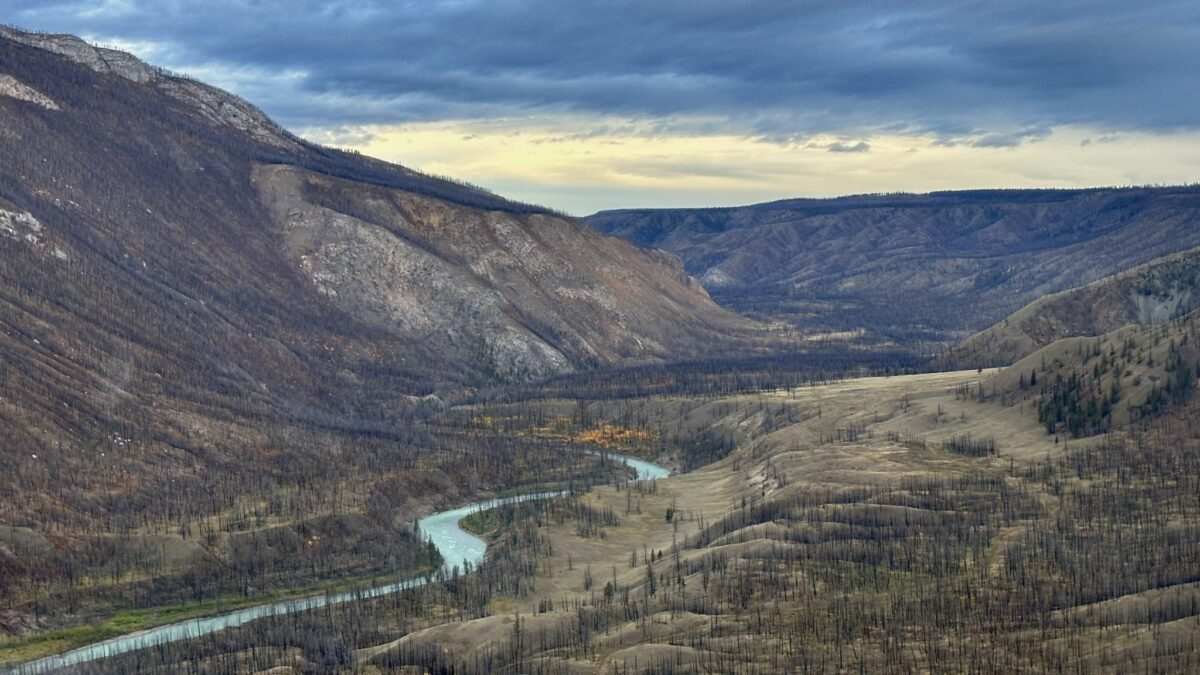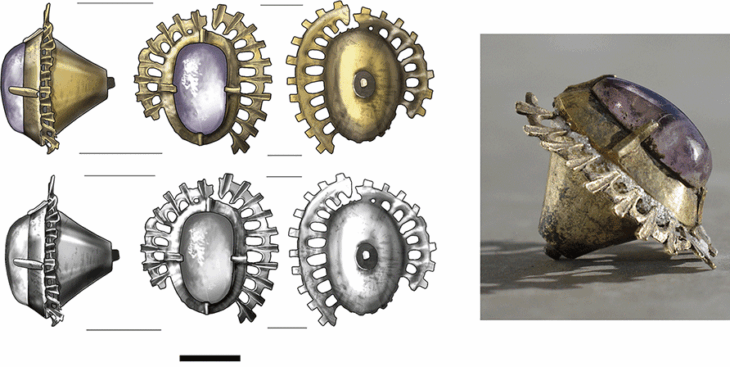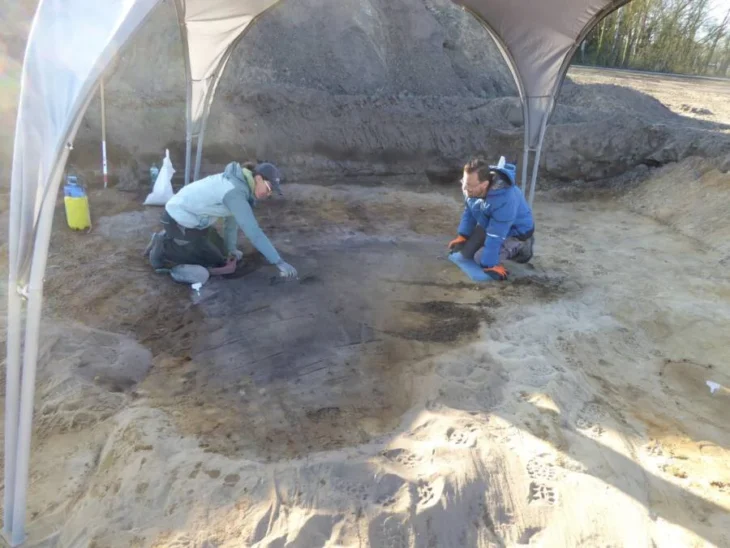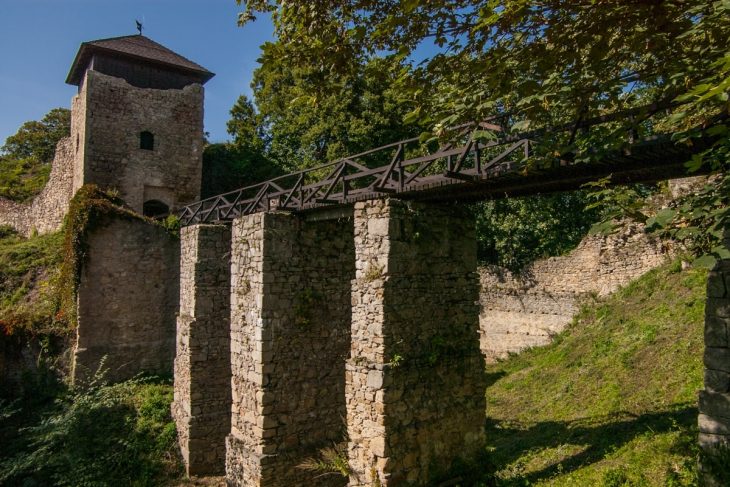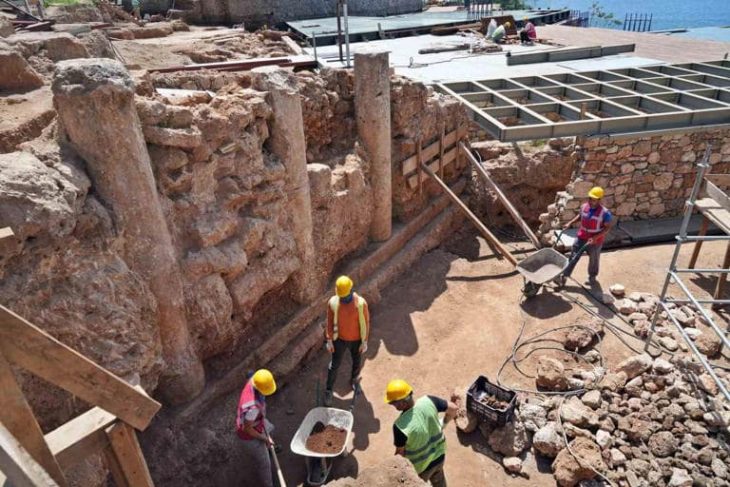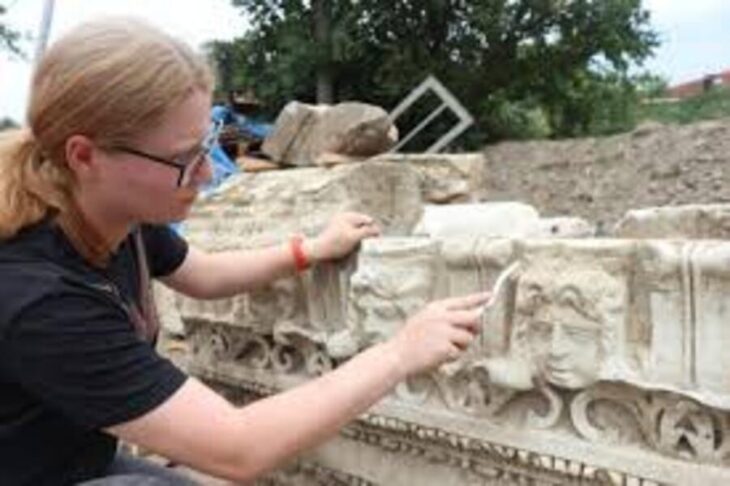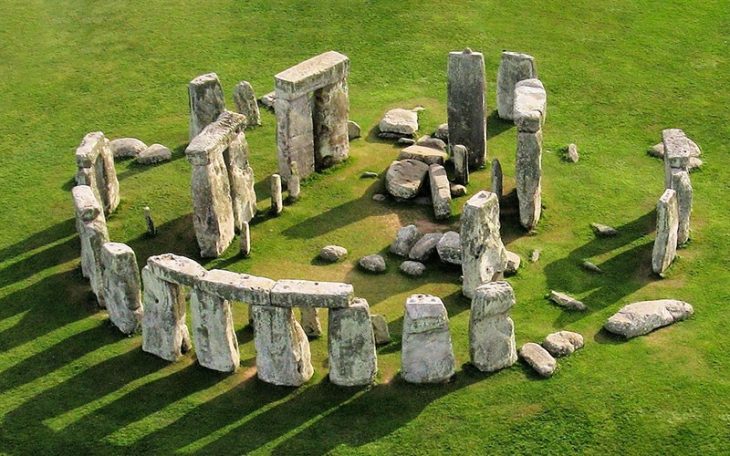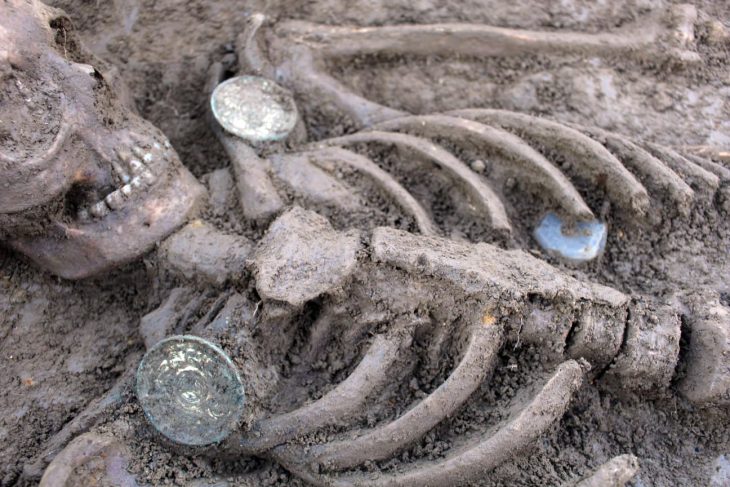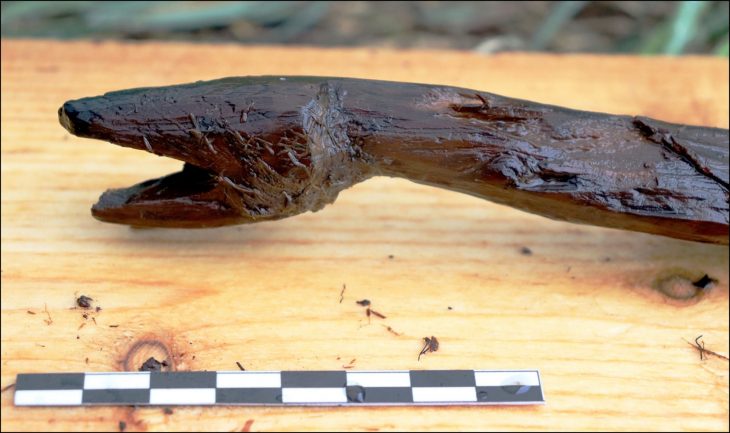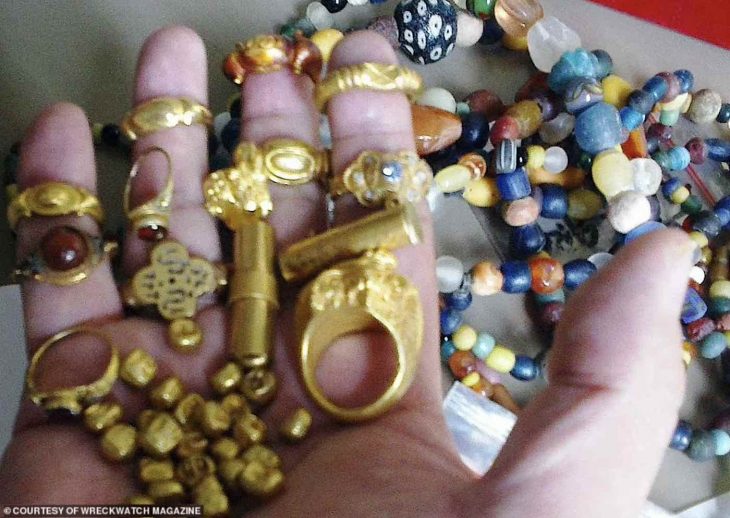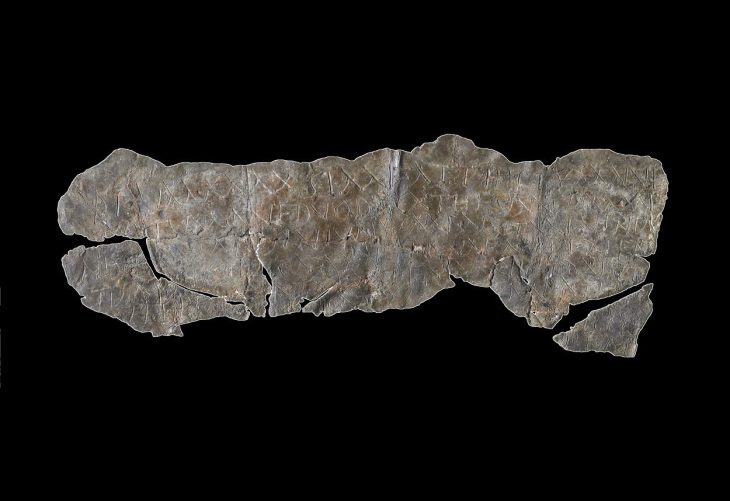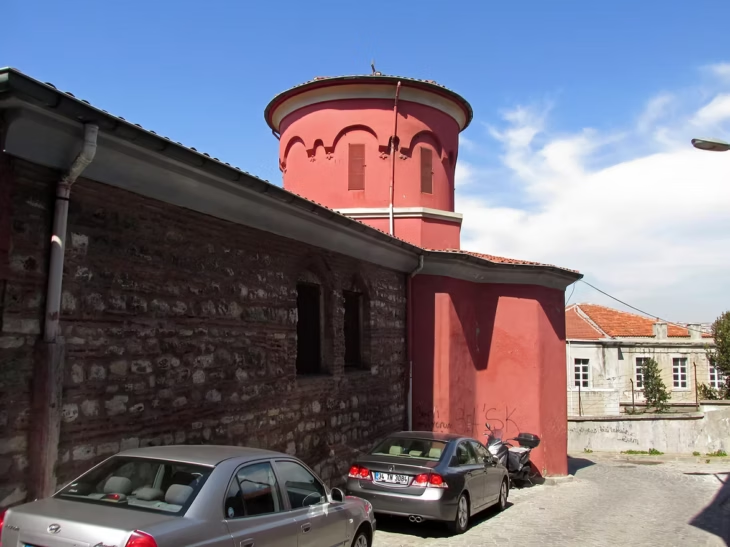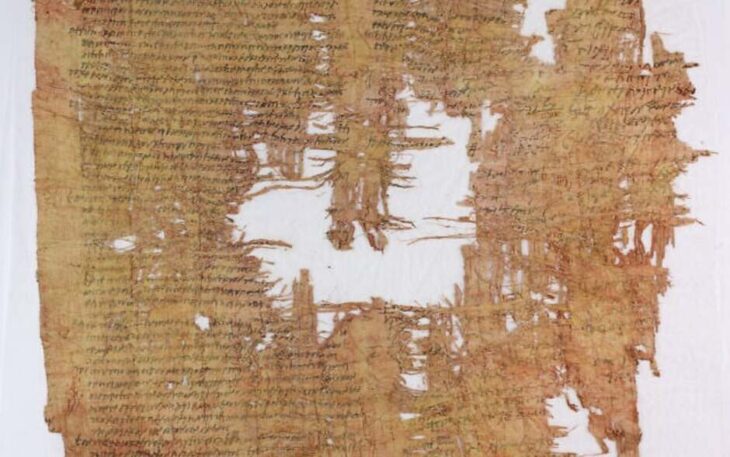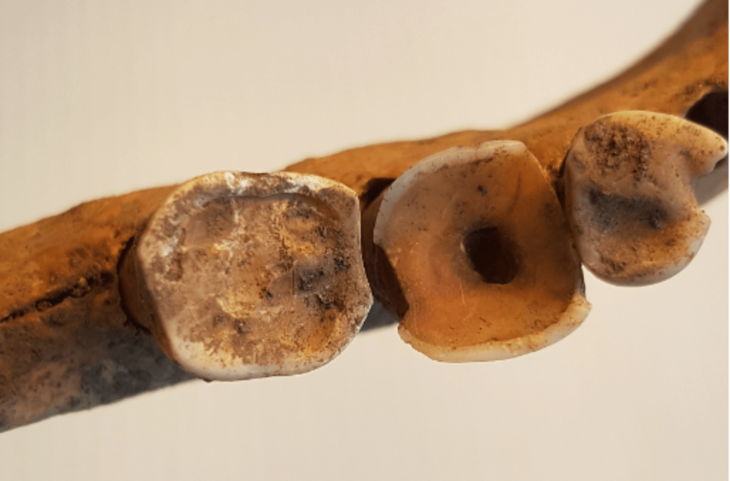Recent archaeological findings indicate that the Secwépemc people’s historical presence in the Chilcotin region of British Columbia, Canada, is more extensive than previously believed. This research, conducted by the Williams Lake First Nation (WLFN), Esk’etemc, and Inlailawatash LP, was initiated as an urgent response to the Chilcotin Landslide, aiming to collect and preserve vital historical data at risk of being lost.
Whitney Spearing, WLFN’s Director of Natural Resources, emphasized the importance of the study, stating, “Every site we identify, every piece of history we document, is a step toward reclaiming and preserving our story.”
In the first phase of the study, a total of 70 archaeological sites were identified, including 31 pre-contact Secwépemc villages and seven sites with sacred features. Alarmingly, 49% of these sites have been impacted by recent natural events, such as the Chilcotin Landslide and the 2017 wildfires.
The study commenced immediately after the landslide on July 31, 2024, with sites of interest identified from Hanceville to the mouth of the Chilcotin River (Pesxenmétkwe) using GIS modeling, LiDAR scans, and visual assessments. Fieldwork was conducted from August 15 to November 29.
Among the sites facing significant damage are Tecwilúps, Nexelp, and Kwomesken’s Village, three of the four main Secwépemc villages historically located along Kwellk̓ém̓t (also known as Farwell Canyon). Notably, some sites identified in this phase have never been formally documented before.
📣 Our WhatsApp channel is now LIVE! Stay up-to-date with the latest news and updates, just click here to follow us on WhatsApp and never miss a thing!!
Spearing remarked, “We always knew there were more than just the four main village sites referenced in Teit’s work,” referring to the prominent ethnographer who cataloged Secwépemc sites in the late 19th and early 20th centuries.
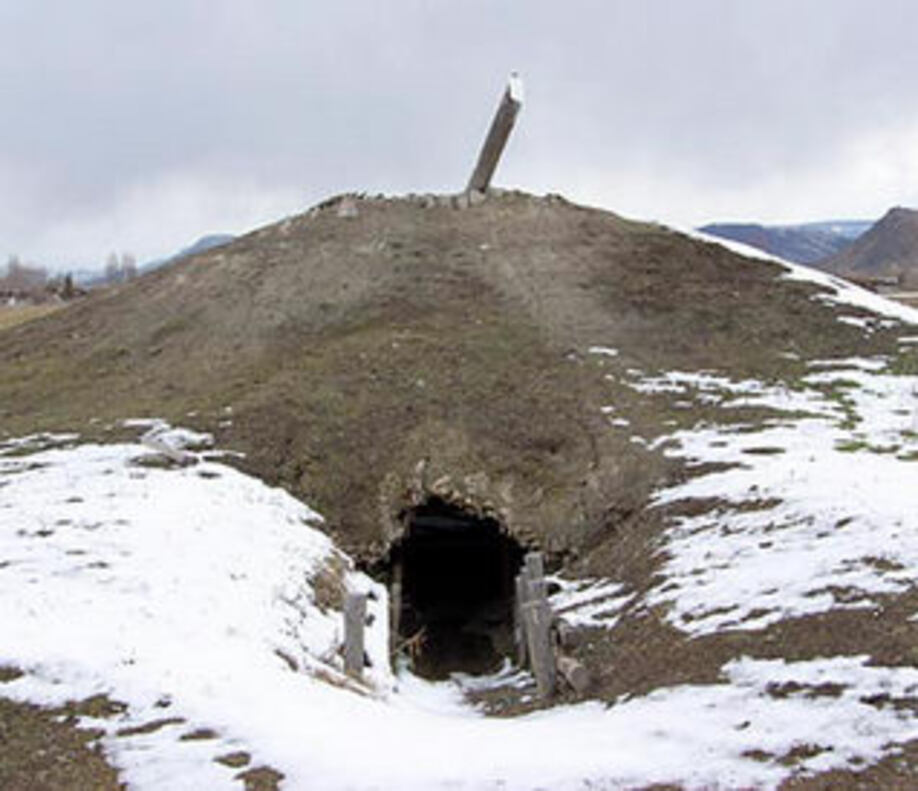
The historical record highlights the Secwépemc communities in the canyon, collectively known as Ste’tlemc, as a significant trading force within the Secwépemc Nation. The archaeological evidence confirms their presence for over 4,000 years. “These pit houses are older than the pyramids… It’s astonishing to think that so much of this history remained hidden until now,” Spearing noted, expressing her amazement at the size and number of villages uncovered.
These findings not only reshape the understanding of the past but also reaffirm the deep connection of the Secwépemc people to their land. The communities faced devastation from smallpox in the 1860s, and in 1963, some Esk’etemc houses were burned down, forcing survivors to flee to smaller neighboring villages.
WLFN Chief Willie Sellars emphasized the broader significance of the study, stating, “This work is about more than archaeology. It’s about honoring the stories of our Elders, protecting the places that hold the spirit of our people, and ensuring that future generations can walk these lands with the same understanding and connection.”
As the study moves into its second phase, the focus will shift to further field research, assessing damage to cultural sites, and developing plans for recovery and protection against future natural disasters. Sellars affirmed, “Williams Lake First Nation is committed to working in the spirit of unity and respect to safeguard these cultural sites and strengthen our relationships with all those who share in the responsibility of caring for this land.”
The second phase aims to involve the broader Secwépemc Nation and other First Nation communities in collaborative efforts to help recover sites and respond to future challenges. The release notes, “Secwépemc people have lived alongside the Tŝilhqot’in for hundreds of years, each with deep connections to the land.”
The Tŝilhqot’in National Government has declined to comment on WLFN’s release.
Williams Lake First Nation (WLFN)
Cover Image Credit: Williams Lake First Nation (WLFN)

